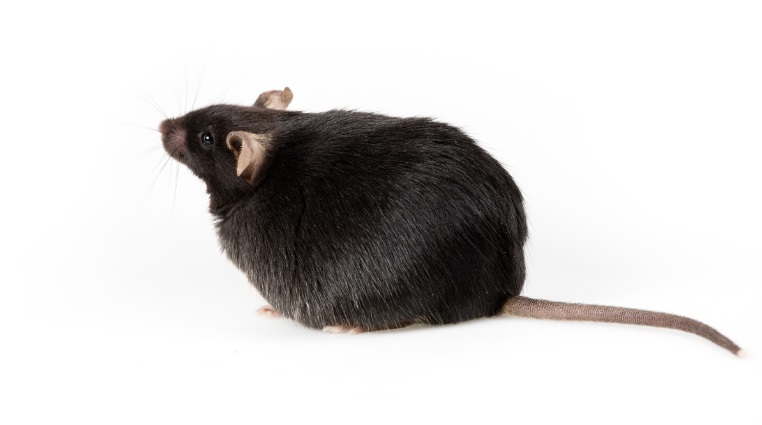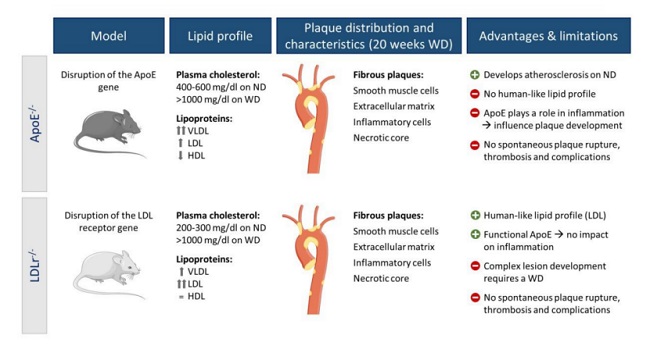High-fat diets is commonly used in obesity, fatty liver, hyperlipidemia and other diet-induced disease models. Different animal models are induced by adjusting fat content and adding cholesterol, sodium cholate or other compounds. However, researchers may encounter some problems in the use of high-fat diets. This article will give the reasons and solutions respectively.
Fedding of purified high-fat diets
Lab animals are prone to "anorexia" when they eat purified high-fat diets, which is manifested as the phenomenon that the animals eat less or even do not eat at all. In fact, this is a normal phenomenon in the process of feeding. High-fat diet contains more calories than standard diet, for example, the Rodent Diet with 60% Energy from Fat about 3g is equivalent to 5g of control diet, so lab animals are more likely to feel full.
Another reason is that the palatability of purified diets is relatively poor. If the lab animals do not eat at all, we recommend that they should be fed with mixed purified diet and cereal diet, gradually increase the amount of purified diet in the process, and completely replace it with purified diet on the seventh day or so.
The more efficient way is to cut off food for 24 hours. Lab animals are more likely to accept the new diet when they are hungry, but it may cause certain damage to the stomach of lab animals.
Storage of high-fat diets
The fat source of high-fat diets is usually lard, soybean oil and cocoa butter, high fat content leads to the decrease of pellet hardness at room temperature. We suggest that the pellet hardness should be maintained by low temperature storage (4℃ or -20 ℃) and daily replacement.
Selection of control diets
Different types of animal experiments have different diet choices, but the source of raw materials of the experimental group and the control group must be consistent. More strictly, both groups of diets should be produced with the same batch of raw materials.
 Formula Design of Lab Animal Diets
Formula Design of Lab Animal Diets
 Instruction for Use of Additives in the Lab Animal Diets
Instruction for Use of Additives in the Lab Animal Diets
 Correlation between body weight gain and temperature in mice
Correlation between body weight gain and temperature in mice
 Comparison of Diet-induced Atherosclerosis in APOE and LDLR Mice
Comparison of Diet-induced Atherosclerosis in APOE and LDLR Mice